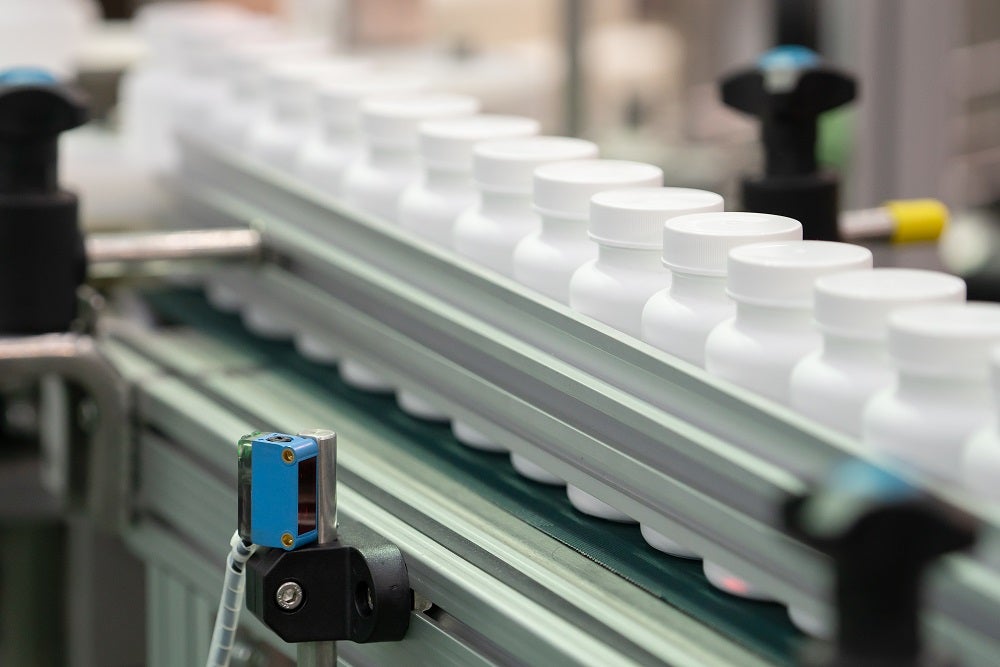
Complying with safety regulations and ensuring that end-users are getting the correct information is paramount in the medical device field, where mistakes can have devastating effects on a patient.
But what are labels and how is their correct usage so important to the sector? More than merely paper, a label is anything where the manufacturer is exchanging information about a product to an end-user, which could be someone in the B2B supply chain or the end consumer themselves. In a medical device situation, it could also be the clinician, and can be life-saving as well as preventing costly mistakes and litigation. With so much at stake, packaging and labelling shouldn’t be just an afterthought.
Medical Device Technology spoke with Gurdip Singh, CEO of Kallik, about how its software solution and services help customers to stay ahead of the regulatory curve and to keep patients safe.
Most companies have a printing company engaged. But how does a full-service artwork and label management company differ from a mere printer?
A label and artwork management (LAM) company is very different and much broader than a printer. A LAM solution provides you with the ability to manage the complete end-to-end lifecycle of artwork and labelling. It allows you to create and modify any asset types and then use these to create your product’s labels, and then ensure the labels are reviewed and approved in line with regulatory or business requirements. Once labels are approved, they can then be printed or published digitally to any platform. By doing this in a single system you maintain comprehensive audit trails and it’s also possible to integrate with other systems you may have in your company that have a linkage to your labelling processes, such as PLM and ERP.
Customers can also search for any component of an artwork, such as a symbol or translation, anywhere in that ecosystem of labelling, and if they need to make changes to the label, they can do it within seconds using automation. We have a team of experts and offer automated tooling, so we can make changes relatively quickly.
At the same time, we use the opportunity to cleanse their data for duplication or errors, so we also harmonize that content for them.
While you have clients in all sectors, you specialise in medical devices – one of the hardest things for drug, device and therapy developers is to keep up with regulations and to stay compliant – how can Kallik help with that?
The FDA’s ultimate goal is to protect patients. If labelling is wrong it could be dangerous, even fatal, to the people who use or consume the product.
We don’t advise customers on the specific regulations, what we do is we provide a tool that allows manufacturers to easily identify any labels and artwork that may need to be changed to adhere to the latest regulations, and make it as easy as possible for them to change it. We have recently launched an intelligent rules engine, which is being used by our customers to actually automate labelling compliance and remove the risk of human error.
Kallik’s approach was developed specifically for the regulated market. For us, regulation and compliance is front and center, rather than an afterthought. Every label approval that is completed in our system is 21 CFR Part 11 compliant as standard, and we adhere to GxP regulations and ISO standards.
The term artwork implies a creative side to the business – is that the case and if so, where does creativity come into helping clients?
We give users the tools to create artwork on labels easily without the need for them to use costly external creative agencies. Through the use of automated artwork technology, it’s possible for users to create or change labels directly within our solution or work within creative packages like Adobe with seamless integration for all their artwork creation and editing tasks. We have seen many of our customers completely move away from using external creative agencies because of our solution, saving them significant cost and reducing timescales and giving them the creative freedom they need.
What moved you from life sciences into label management?
My career over the past 20 years has focused strongly in regulated industries, specifically healthcare and life sciences where I have led businesses that deliver technology solutions that enable successful patient or consumer outcomes. I’m very passionate about being part of a business that either enables or directly delivers successful patient or consumer outcomes, which labelling does.
Do you have examples where companies thought they didn’t need your service but were convinced otherwise and have now become loyal customers?
We’re working in partnership with a European based global medical device company. They came to us to help them meet a major and important EU medical device regulation (EU MDR) change that needs to be implemented by May 2021. They are required to identify all products that are subject to this regulatory change and make modification to the labelling for these products before the deadline date.
Through the use of our solution Veraciti, they have identified they have 25,000 of these products that will need changes to the labelling. Veraciti is being used to make the required changes by the due date and they are achieving this at a significant level of throughput of approximately 10,000 adjustments and regulatory compliance changes per month. This is something that would take many companies in regulated industries many months, even years to firstly identify all the labels that need change and then make and approve the changes. Veraciti is doing this in a fraction of the time. Needless to say we are becoming a very loyal and trusted partner for them


